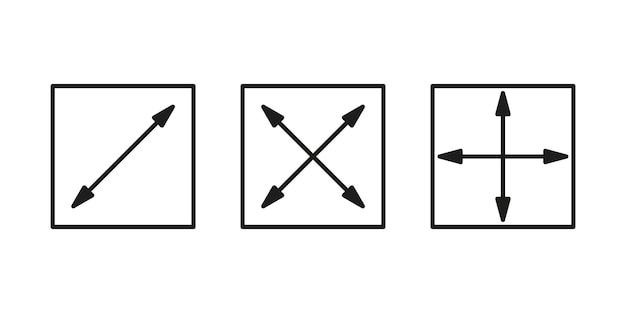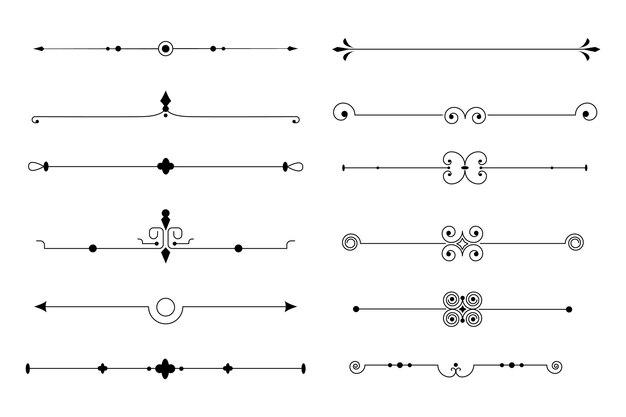Welcome to another exciting blog post on the fascinating world of chemistry! Today, we are diving deep into the concept of the Aufbau Principle and exploring its significance in understanding electron configurations.
In chemistry, electron configurations play a crucial role in determining the behavior and properties of atoms. But what exactly is the Aufbau Principle? Simply put, it is a fundamental principle that guides the arrangement of electrons in an atom’s orbitals.
Throughout this blog post, we will answer several intriguing questions: Which quantum number has only 2 values? What is the Aufbau order? Does the 3p subshell have more energy than the 3s subshell? And many more!
So, grab your lab coats and let’s embark on a journey through the intriguing world of electron configurations, as we unravel the mysteries of the Aufbau Principle.
Now that we’ve set the stage for an exploration into electron configurations and the Aufbau Principle, let’s begin delving into the nitty-gritty details.

The Aufbau Principle: Building Up from the Basics
Understanding the Aufbau principle can feel like solving a puzzle – a puzzle that determines how electrons fill up atomic orbitals. But fear not, my curious friends, for I am here to guide you through the intricacies of this fascinating principle, all while keeping you entertained and enlightened. So, grab a cup of your favorite beverage, put on your thinking caps, and let’s dive into the world of electron configurations!
Electrons, like us humans, have their own sense of order and structure. They follow the Aufbau principle, which states that electrons fill the lowest energy orbitals first before moving on to higher energy levels. It’s like finding the perfect seating arrangement at a party – you start with the available seats in the living room before venturing into the kitchen or the backyard.
Each atomic orbital can accommodate a specific number of electrons. To determine the order in which electrons fill up orbitals, we rely on the building blocks of matter – the good old periodic table. The periodic table provides us with a roadmap that outlines the sequence in which orbitals are filled. It’s like having a trusty GPS guiding you through the electron-filled highways.
Let’s take a closer look at an example to truly grasp the concept. Imagine we’re dealing with nitrogen, a quirky element with an atomic number of 7. With the Aufbau principle in mind, we start by filling up the lowest energy level, which is the 1s orbital. This little orbital can house a maximum of 2 electrons. So, we place one electron in the 1s orbital. Oh, look, it seems a bit lonely there!
Moving on, we climb the energy ladder to the 2s orbital. This level can also hold a maximum of 2 electrons. We gladly place another electron in the 2s orbital, cheering up our lonely lone electron from before. Now we have a charming nitrogen atom with a bit more company.
But wait, we’re not done yet! There’s more to explore in the vast potential of nitrogen’s electron configuration. We ascend to the 2p orbitals, discovering three separate orbitals that can hold a total of 6 electrons. Remember, each orbital accommodates a maximum of 2 electrons. Thus, we add three more electrons to complete our nitrogen atom’s electron configuration.
In summary, the Aufbau principle ensures that electrons fill up atomic orbitals in a systematic and organized fashion, following the order dictated by the periodic table. By understanding this principle, we can navigate the realm of electron configurations and decipher the unique properties of various elements.
So, my intrepid adventurers, armed with the knowledge of the Aufbau principle, go forth and conquer the mysteries of electron configurations. May you always find the perfect seating arrangement for every electron and unlock the secrets of the atomic universe!

FAQ: Understanding the Aufbau Principle
In this FAQ-style guide, we will delve into the intriguing world of the Aufbau principle. Prepare to have your questions answered and gain a deeper understanding of this fundamental concept in chemistry. Let’s dive in!
Which Quantum Number Has Only 2 Values
The quantum number that possesses only two values is spin. It determines the orientation of an electron’s spin and can be either “spin-up” or “spin-down.” It’s like having your electron do a little dance with a unique spin!
What Is the Aufbau Order
The Aufbau order, also known as the building-up principle, dictates the order in which electrons fill atomic orbitals. Electrons occupy lower energy orbitals before moving to higher energy ones. It’s like holding a concert with the cool kids scoring the best seats first!
What Comes First, 3d or 4s
Contrary to what you might expect, the 4s orbital is filled before the 3d orbital. It’s a bit like putting on your socks before your shoes – priorities, right?
Is 4d or 5s Higher in Energy
Believe it or not, the 4d orbital has a higher energy than the 5s orbital. It’s like having a fancy dinner where the main course arrives before the appetizer – a little twist to keep you on your toes!
Which Subshell Has the Lowest Energy
The 1s subshell holds the prestigious title of having the lowest energy. It’s like being a Jedi Master of the electron world. May the force be with you, little 1s subshell!
Can Two Electrons in the Same Orbital Have the Same Spin
No, they cannot! According to the Pauli exclusion principle, each electron in an orbital must have opposite spins – like the yin and yang of electron dance partners. It ensures the universe keeps its balance.
What Does the P Orbital Look Like
Ah, the p orbital – it’s like a dumbbell doing a fancy twirl! With its characteristic dumbbell shape, this orbital comes in three different orientations, resembling a pair of balloons floating in space. Up, up, and away!
Do All P Orbitals Have the Same Energy
No, not at all! The p orbitals have different energies depending on their orientations. We have the px, py, and pz orbitals, each in a distinct direction like the cardinal points on a compass. It’s like having a trio of talented acrobats with different flair and pizzazz!
What Is Hund’s Rule
Hund’s rule tells us that when filling degenerate orbitals (orbitals with the same energy), electrons prefer to occupy separate orbitals with parallel spins before doubling up. It’s like giving each electron its own private suite before they decide to shack up with a roommate! Such independence.
Why Are Shells Named KLMN
Well, the shells of an atom were named using letters of the alphabet as they were discovered. K, L, M, and N were chosen, and it’s a good thing they didn’t go with more tongue-twisting names like Zyxw! Brevity is the soul of nomenclature.
What Is the Aufbau Principle? Can You Provide an Example
Absolutely! The Aufbau principle is the concept that electrons fill atomic orbitals from low to high energy. Picture it like guests arriving at a cosmic party – the lower energy orbitals are the popular spots that fill up first. For example, in the carbon atom, the 1s and 2s orbitals are filled before the 2p orbital. It’s like putting your shoes on before your hat – it just makes sense!
What Is the Difference Between an Orbital and a Shell
An orbital is a region of space around the nucleus where an electron is likely to be found. Think of it as the electron’s cozy little home within the atom. On the other hand, a shell is a collection of orbitals with the same principal quantum number. It’s like having a cosmic neighborhood with various houses for different electron families. Each shell can accommodate a specific number of electrons, like exclusive apartments with limited occupancy.
What Is the Aufbau Principle in Class 11 Chemistry
In Class 11 chemistry, the Aufbau principle is introduced as the guiding principle for electron configuration. It helps us understand the specific order in which electrons fill atomic orbitals based on energy levels. The Aufbau principle ensures that we don’t have electrons crashing your Chemistry 101 party uninvited. We’ve got reserved seating for every electron!
Does 3p Have More Energy Than 3s
Nope! The 3s orbital actually has lower energy than the 3p orbital. It’s like stepping onto the dance floor with some fancy dance moves before your partner shows off their jazzy footwork. The 3s orbital takes center stage!
Why Is 2s Bigger Than 1s
Size matters, especially in electron orbitals! The 2s orbital is larger than the 1s orbital because it has an additional principal quantum number. It’s like getting a bigger room upgrade in a cosmic hotel – more spacious, more freedom, and more dancing space for the electron!
Now that you’ve explored the intriguing world of the Aufbau principle, you’re equipped with the knowledge to conquer those atomic mysteries. Keep calm and bond on, chemistry enthusiasts!
